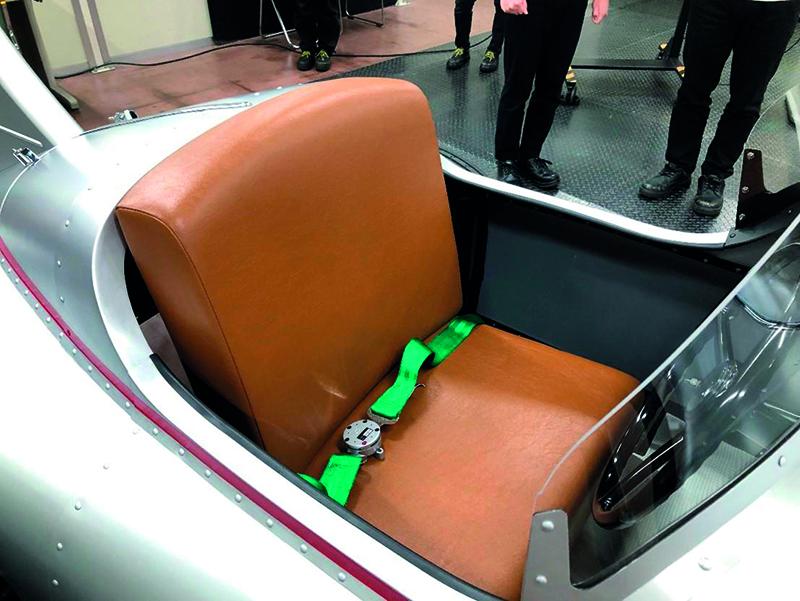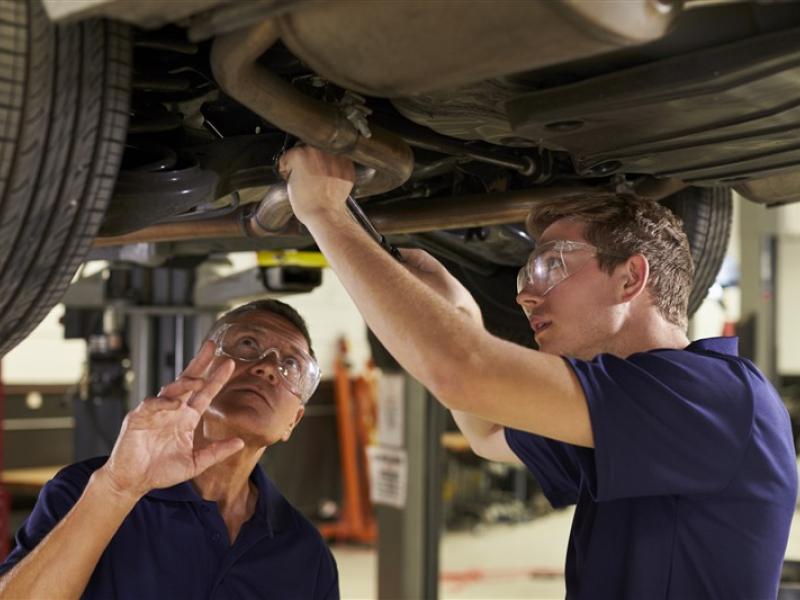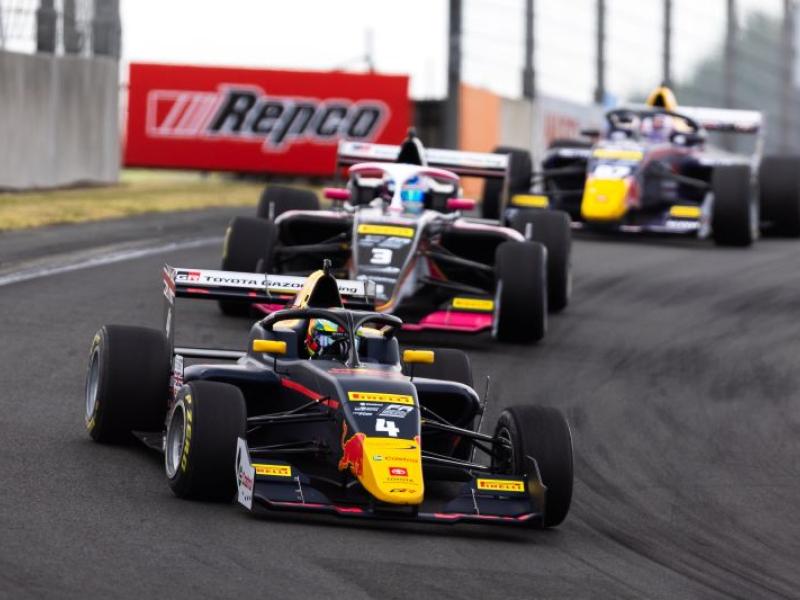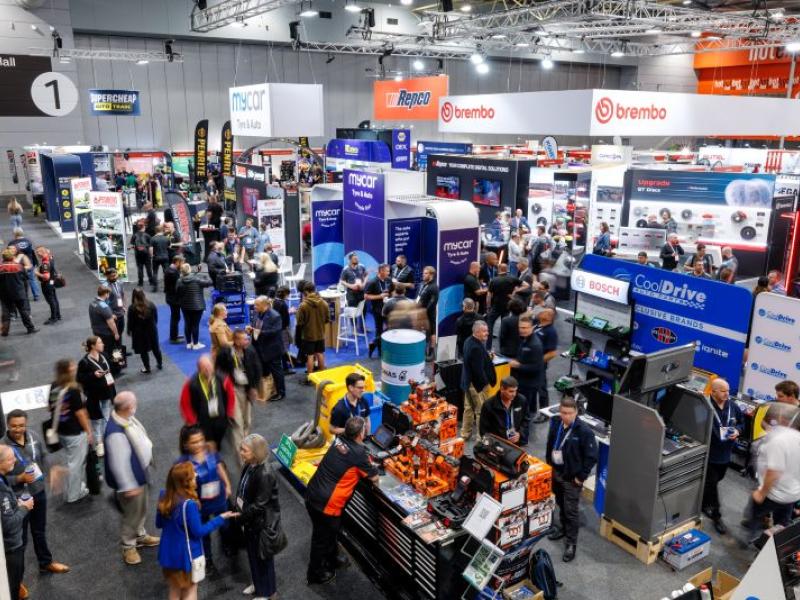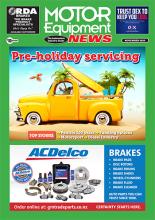This series features Toyota’s project to revive a legendary racing car – now on display at the Fuji Motorsports Museum – with a look at the project members’ efforts as well as the history and meaning behind the vehicle.
This article follows the efforts of members who developed and created the racer’s seat from the ground up.
Toyota produced its first racing car, the Toyopet Racer, some 70 years ago. When the project team recreated the vehicle, they could draw on original blueprints and the base models for certain components like the engine. For others, however, the only clues were photographs of the racer. The seat was one such part, for which old black-and-white images were all that remained.
For the cigar-shaped, open-topped Toyopet Racer, the seat is also one of the key aesthetic elements. But this revival project is not just about looks – the seat serves a vital function in ensuring that the car drives just as it did back in the day.
The seat’s importance is explained by Masashi Watanabe of the Body Technology Development Div., who worked on the machine’s packaging, determining the layout of components such as the engine, seat, and transmission.
“For the seat, unlike other parts, we don’t have a great deal of development and manufacturing expertise within Toyota. Our seats are made by a group company, Toyota Boshoku. I myself have zero knowledge of seats. That’s why I realised from the outset that turning to Toyota Boshoku was our only option.
“The seat must look the part to recapture the car’s original feel, and it also affects driver safety and comfort. We wanted to get it right, and we needed to get it right. But since I don’t know what that entails, I asked Toyota Boshoku to be involved right from the planning stage.”
In April 2021, Watanabe’s request led to the creation of a seat restoration project team, consisting mostly of junior employees, at Toyota Boshoku’s Sanage Plant in Toyota City.
Yoshimi Minoura of Seat Design Div. No.1 led the Toyota Boshoku contingent. “My supervisor suggested that the development and production should be led by our younger guys to help nurture their talent. We put together a team of eight, including myself, all in their 20s and 30s, and the development got underway.
“Although our company had restored old car seats before, I had never been involved in that work, so I was very unsure at first. All we had to work from were photos of the original racer. To make a seat, you have to determine its structure, size, and requirements for how strong it needs to be. However, within the company, we had no clues as to what materials were used or how it was made. We decided to visit the Toyota Automobile Museum to study other seats from that era.”
Alongside his initial seat discussions with the Toyota Boshoku team, Watanabe was also working on the car’s packaging with other members of the racer project, trying to find an ideal configuration for positioning the engine, transmission, driver’s seat, and other components within the machine. This work began with drawings and moved on to 3D CAD.
As Watanabe tells it, the trickiest part of packaging was the driving position. In the old photos, there were no seatbelts. According to the son of a Toyopet Racer driver, you had to cling onto the large steering wheel that was sandwiched between your legs.
By the end of a race, they had no strength left to grip the wheel and placed their arms over it instead. “Personally, I wanted to recreate that original driving style. Then we would be able to see what those pioneering drivers saw, which is something I really hoped to do.”
However, other members felt that seatbelts were necessary for safety reasons, sparking a heated debate. Like production vehicles, if the Toyopet Racer was to be driven by people, safety had to be the highest priority. Watanabe compromised by making the seatbelts detachable. The belt anchors were also positioned to be less visible from the outside, so that they weren’t noticeable when the car was on display.
A mockup was then built to test the driving posture. The team also used virtual reality to finalise the overall packaging, including the seat.
The Toyota Boshoku team checked the materials, construction, and installation methods of various seats among the Toyota Automobile Museum’s monoposto (single-seater) racing car collection, including the Bugatti Type 35B (1926), a pre-World War II Toyota AA passenger car (1936), and the first-generation Crown RS (1955).
While the metal seat frames and leather or synthetic leather covers have not changed much, back then they also used wood in the frames, and the padding that is now mostly polyurethane consisted of coconut fibre. “Another thing that surprised me was how the seats were secured. In more recent cars, the basic approach is to bolt them onto the body to guarantee strength and safety, but in those days, they were simply slid in. That was a shock.”
With their coil springs and coconut fibre, car seats of that era were built similarly to household sofas. To save effort and expense, the team probably could have repurposed something that was already available on the market. However, to ensure that the materials and specs were as close as possible to the original, Watanabe and his colleagues decided to start from scratch.
“We set out to build the seat we truly wanted, without compromising on looks or comfort, channelling the spirit of the people who created it originally. Because the materials and construction are completely different from modern seats, we had a very hard time.
“We chose the reddish-brown colour after looking at catalogues, magazine articles, and ads from that era. As for the material, we went with PVC (polyvinyl chloride) since it was available at the time and would be exposed to the elements.“
At Toyota Boshoku’s facilities, Watanabe and his team thoroughly tested seats with various specifications, adjusting coil spring strength and the thickness of the felt, coconut fibres, polyurethane, and PVC surface. Besides putting their creations through testing equipment that is currently used in seat development, they also sat in each one to gauge the comfort.
The configuration they came up with consisted of coconut fibres and polyurethane pads layered atop coil springs and covered with PVC upholstery. Many of the coil spring seats in the Toyopet Racer’s day were soft and bouncy, making it difficult to settle into them. By adopting this particular construction, the team created a seat that could hold the driver firmly in place even under significant stresses from the road surface, providing stability for driving.
“Much of the debate was about the structure of the coil springs. We asked various people from the Evaluation, Design, and Seat Cover Engineering Development divisions to try sitting and give us feedback. It was a process of repeat trial and error, making improvements in response to their suggestions about stability and other issues. Aside from the springs and upholstery material, pretty much everything was developed and produced in-house, allowing us to get the details right. I’m very pleased with the result.
“My main concern was the appearance, but when I sat in the final version prototype I was blown away by the level of comfort. The seat is really well done, to the point that I felt that this kind of seat could be good for some of the cars on the market today.”
Sudo explains how the team remained committed to authenticity right from the design stage.
“In those old photos, you can see that the seat cover had a single top panel with no seams. To get a beautiful crease-free look with that type of seat, you need to create the optimum shape.
“It’s crucial that the concave and convex surfaces on the seatback match up. If they are not the same, when you stitch them to the sides the length will be off, causing creasing around the shoulders.”
Given the simplicity of the design, even the slightest issue with the stitching detail would stand out. The team was therefore dedicated to pursuing a beautiful finish in the crafting process. In addition to changing the stitch spacing from the standard 5mm to 3mm, they left a 3mm seam allowance, positioned uniformly along the seat sides to achieve smooth, elegant edge lines.
Such skills and expertise are used in designing and fabricating seats for Lexus and other luxury vehicles. The fact that this seat was a one-off allowed the team to take special care in every aspect. One interesting facet was the use of the latest technologies and craftsmanship to revive the racing car that marked Toyota’s starting point in motorsport. This project proved a great motivation for the junior members from Toyota Boshoku.
The seat’s specs were finalised in June 2021. Completing the seat itself would take a further two months until early September, roughly half a year after the Toyota Boshoku team first came together.
Through his seat-making and packaging work, Watanabe says he experienced the “genba power” that arises when many people engage in a single task together. Bringing together wide-ranging skills, crafts, and expertise produces outstanding results that go beyond expectations.
“I’m truly pleased with how the seat turned out. I was not expecting anything as wonderful as this.
“This restoration project showed that if everyone has the same mindset, and each of us is committed to our work, we can achieve results that exceed expectations.
“Experiencing this first-hand made me realize how important it is. For me, that was the biggest takeaway from this project.”


